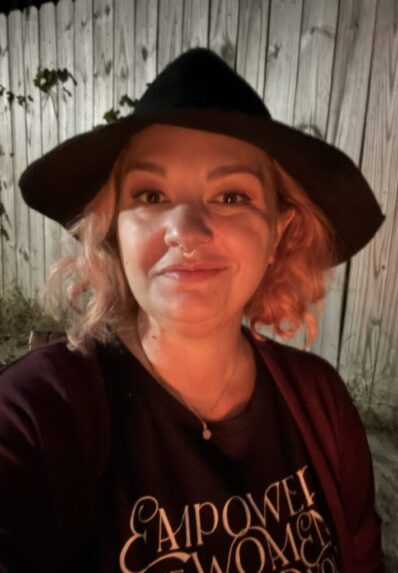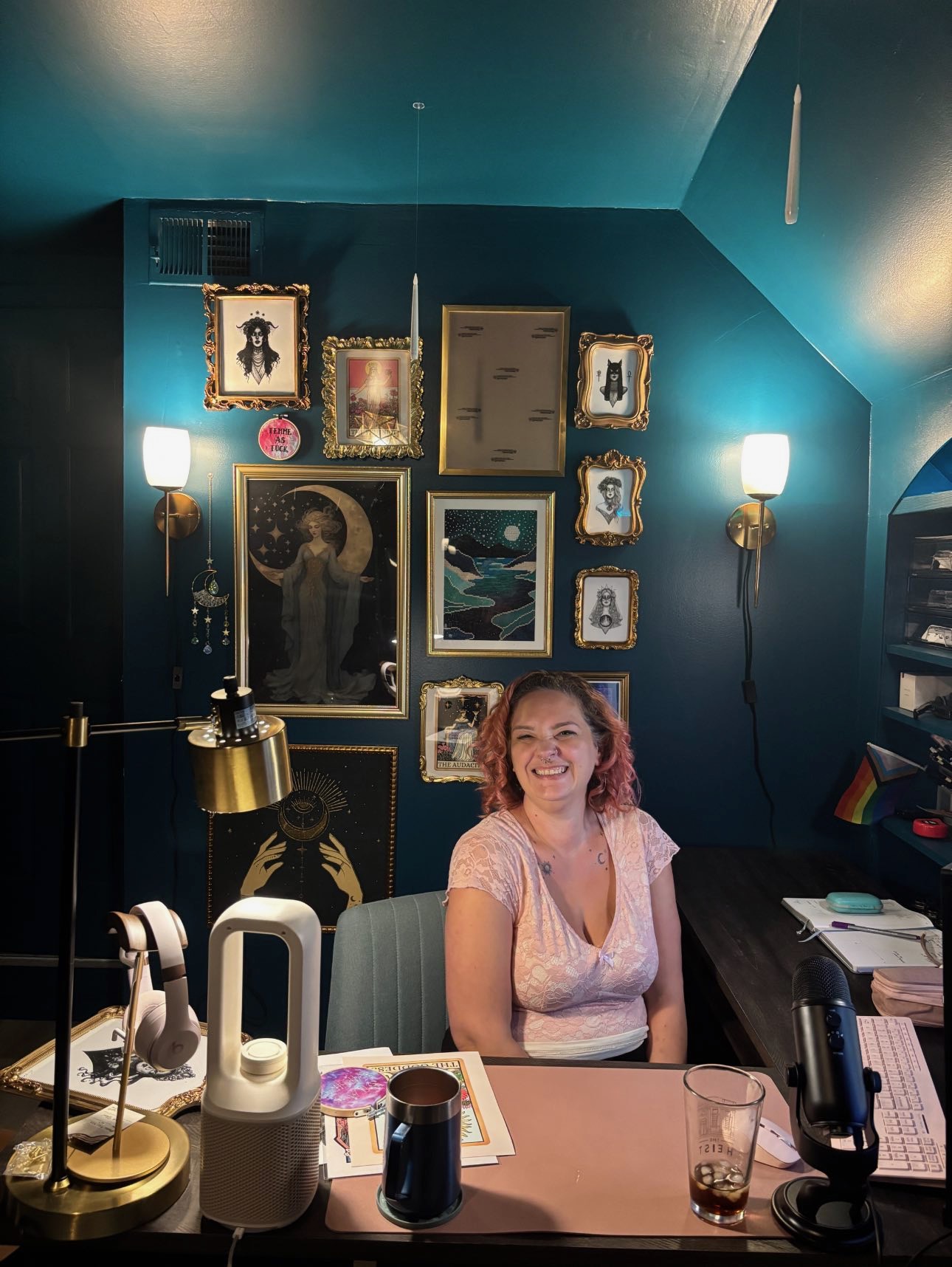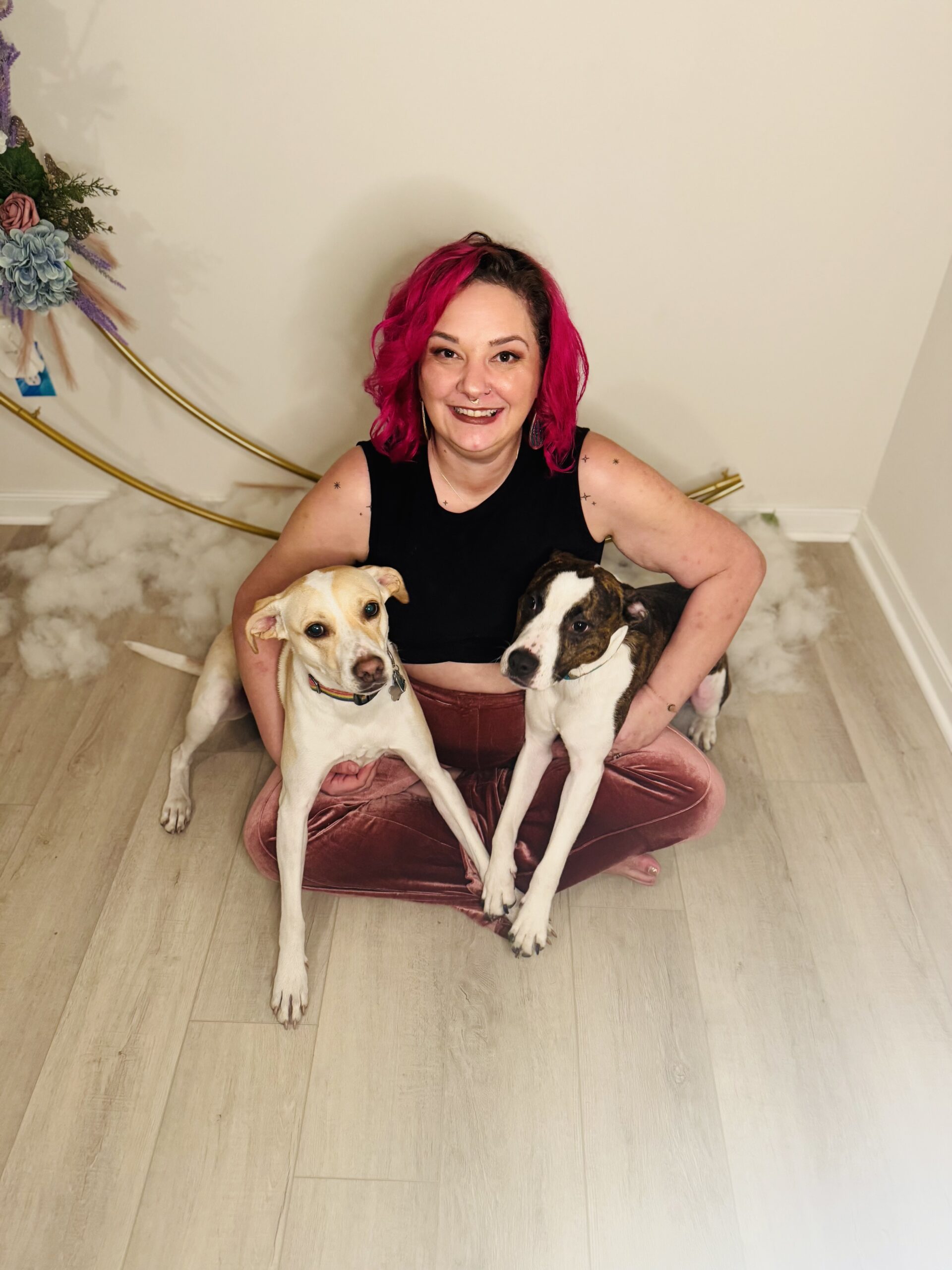Clinician Spotlight: Kat Devereaux Owner of Phases Therapy, Inc.
Meet Kat (she/her), a therapist with a story that’s anything but typical. Her path to becoming a healer wasn’t a straight line, but a journey from a chaotic childhood to teaching French in Paris to a “burn-it-all-down-and-start-over” moment that led her to her true calling.
In this candid interview, Kat shares how she’s moved beyond traditional therapy to create a “magic potion” for healing—one that blends sass, humor, and unwavering compassion. She discusses the joy of watching clients reclaim their power, her passion for unconventional approaches like Internal Family Systems (IFS), and why she believes the only way out of pain is through it. Read on to discover how Kat found her own “homecoming” in the world of therapy and now helps others do the same.

What inspired you to become a therapist, and how has your journey in the field evolved so far?
Let’s be real—my childhood was chaotic, and healing didn’t exactly come wrapped in a neat little bow. But even in the mess, I’ve always been a healer at heart. I originally wanted to be a psychologist, but let’s just say my family had opinions. So instead, I became a high school and middle school French teacher for nearly a decade—oui, vraiment! I even lived in Paris for a while and I am still pretty fluent!
After some major life shake-ups (as in: burn-it-all-down-and-start-over energy), I took a hard look at what I wanted and decided to go back to school for a second master’s degree so I could finally step into the work I felt called to do all along. Becoming a therapist wasn’t a pivot—it was a homecoming.
Over time, I’ve evolved from trying to be the “by-the-book” therapist to someone who leads with authenticity, weirdness, and a deep trust in my own magic. I’ve let go of old templates rooted in patriarchal, neurotypical, and compulsory-heteronormative standards—and in doing so, I’ve found my niche in weirdo land. I began to move from surviving to full on THRIVING. Now, I get to hold space for other beautifully complex humans who are ready to unlearn the harm, reclaim their power, and live fully on their own terms. That’s the work I live for.
What has been one of the most rewarding aspects of your work with clients, and how do you navigate challenges in therapy?
There is nothing better than watching a client step into their worth. When they start setting boundaries unapologetically, stop absorbing other people’s dysfunction, and realize they deserve to take up space—that’s the magic moment. It’s pure joy to watch their authentic self begin to take root and shine. Seeing people come home to themselves—to recognize their power and finally offer themselves the same care they’ve given everyone else—is one of the greatest joys of my work.
But let’s be honest: getting there can be tough. As a therapist who is also Jewish, I fully believe in the healing power of humor. We laugh at the pain—not to minimize it, but because sometimes laughter is the only thing strong enough to hold the weight of it. My sessions often feel like co-creating a potion: a generous dose of sass, a splash of humor, a dash of “let’s get real,” a pinch of accountability, and a whole lot of compassion, validation and safety.
And of course, I love a good kvetch. Vent it out, let it breathe, and then—because we don’t let things fester around here—we make a solid plan of attack. That balance of emotional release and forward movement is where the real magic happens.

Can you describe a specific area or approach in therapy that you are passionate about or currently focusing on in your practice?
I’m a bit of a healing alchemist—I blend different approaches to meet each client where they are. That said, you’ll always find a strong foundation of Internal Family Systems (IFS), EMDR, feminist theory, and person-centered care in my work. IFS, in particular, has been an absolute game changer for so many of my clients (and, let’s be real, for me too).
Parts work helps create space between the chaos in our minds and gives us a way to meet ourselves with curiosity instead of judgment. Even the parts that are doing that thing (you know the one—side-eyes them) are just trying to help in their own way. There are no bad parts—just strategies born from different needs, experiences, and beliefs within the system.
In practice, this means we’re having full-on one-on-one conversations with different parts of the self, helping them feel seen, understood, and supported so they can do their jobs in a way that serves the whole system better. We help all the parts learn to let Self lead and to work together in a well oiled system. They are all important parts! It’s outside-the-box, wildly creative, and deeply healing—and probably one of the reasons I love it so much.

Finally, please share with us a therapy fun fact!
Oh, I’ve got plenty—but here’s one I come back to all the time: it’s totally human nature to avoid pain like it’s our full-time job. We ignore it, numb it, deflect it onto others, or shove it onto “future us” like a bad group project. We even build these elaborate mental obstacle courses just to not feel it—and spoiler alert: those usually take way more energy than just sitting with it. But the truth is, the only way out of pain is through it. And therapy helps you do that with support, intention, and maybe a little humor along the way.
————————————————————————————————————————–
Interested in working with Kat?
Head over to our website, www.phases-therapy.com to learn more and join her waitlist!
